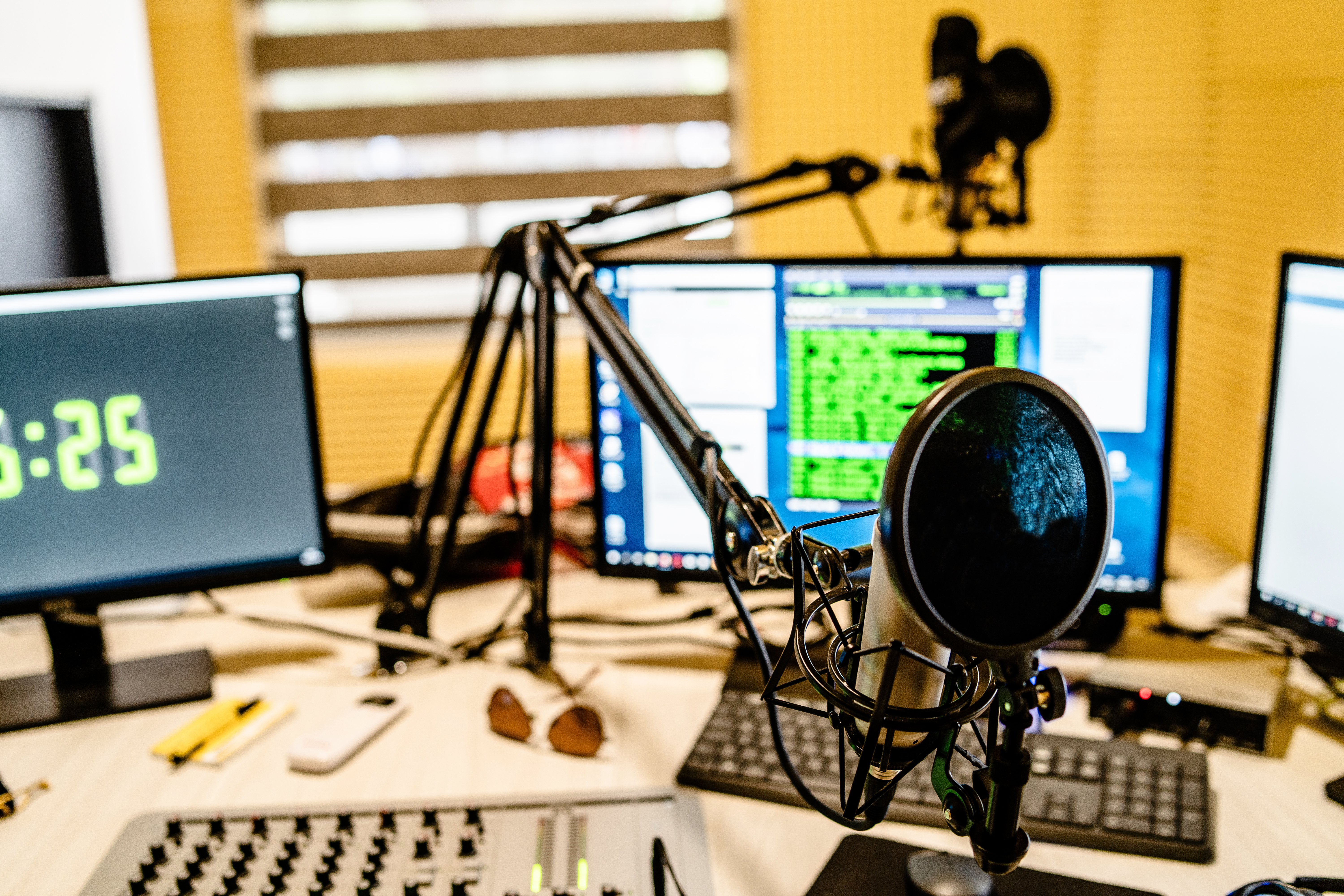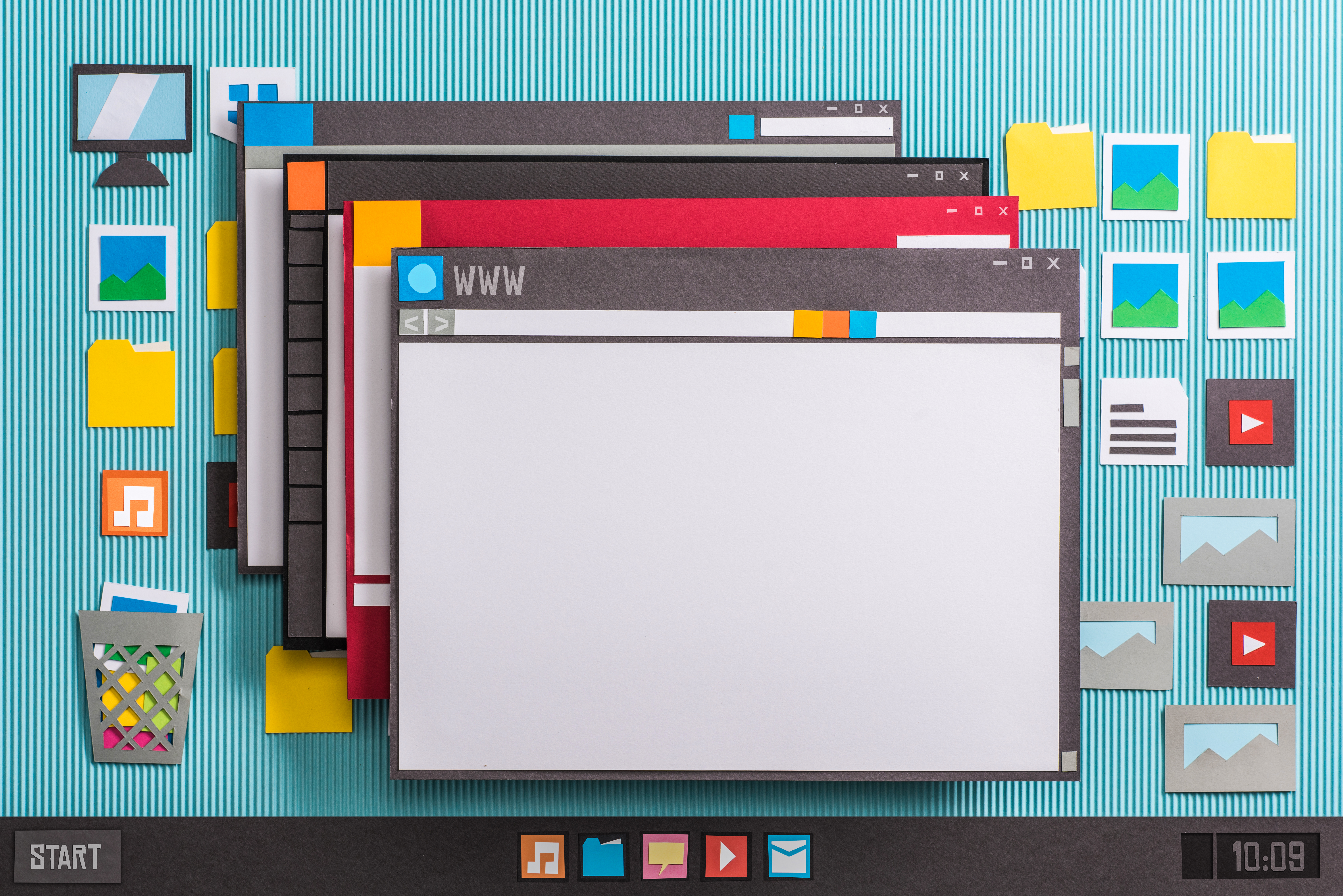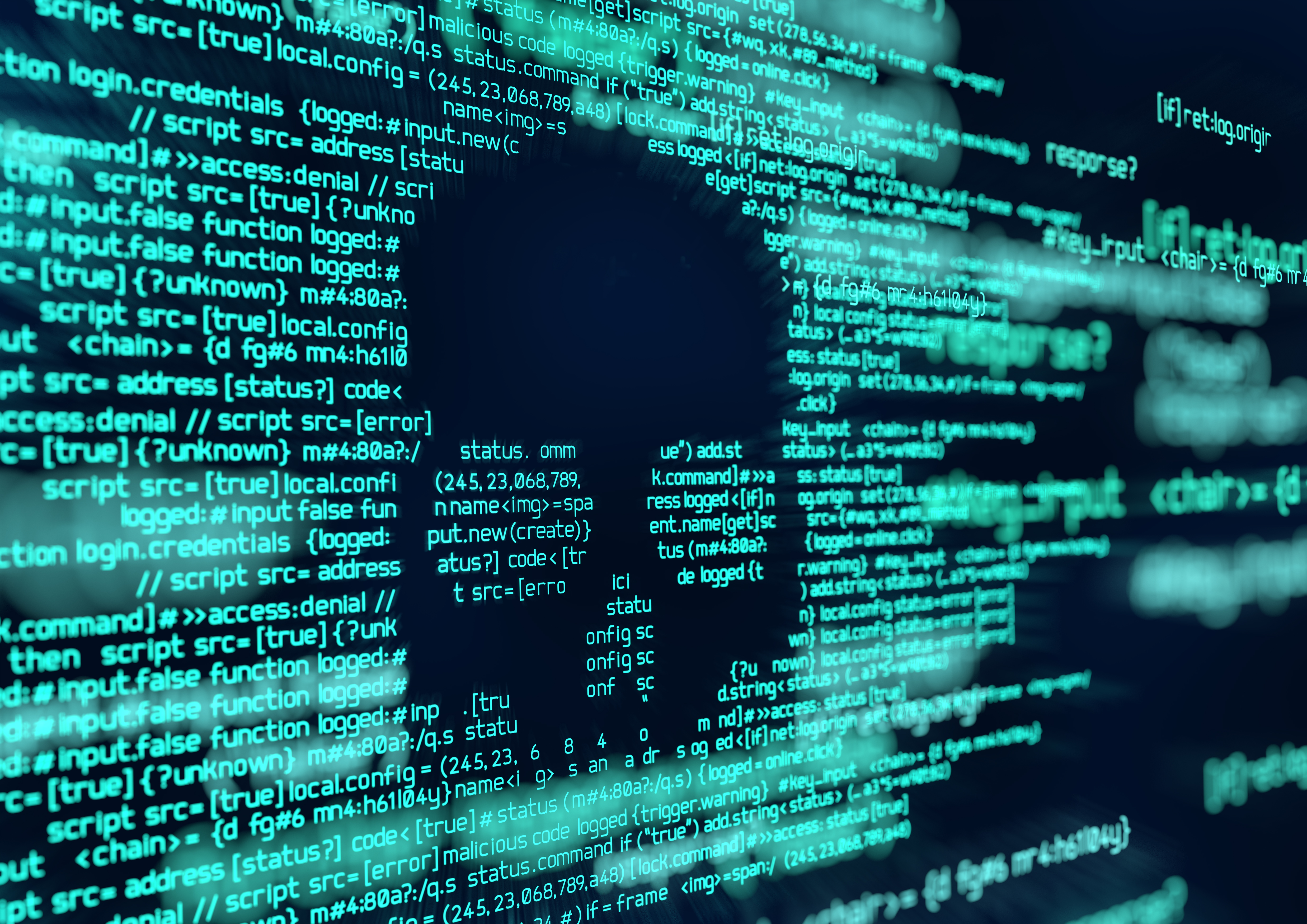Jeff writes, “What are my software options to record radio music from my boom box to my PC so I can later burn some of the favorite tunes to CDs. Are there inexpensive or free programs that will allow me to edit these files? Also, I have a Dell Dimension 4400. Which audio port should I use at the rear of the computer to connect the boom box to the PC?”
I haven’t thought much about recording AM and FM radio since I my cassette deck was relegated to a shuttle between analog tape and digital files. The effort required to split the tracks into individual songs, the random dropout in quality of over-the-air broadcasts and the time required to verify each audio file makes recording Internet radio more attractive. On the other hand, connecting your boom box to your PC is also one of many options for converting cassettes you can’t replace to a digital format. If you want to record radio broadcasts from your boom box on your PC the steps are reasonably straight forward.
The connection is simply a cable running from either the audio out RCA jacks on your boom box or from the headphone jack (depending on which option is available). Connect the cable to the Line In jack on your sound card, which is typically colored blue on most computers (avoid the red microphone jack, which adds power to the signal).
Audacity will record the files. It’s a free app and includes all the necessary features for normalizing your recordings as WAV audio files. You can add MP3 output to Audacity in a few minor steps.
To record audio from the boom box, make sure it’s playing and the appropriate volume controls are turned up. You also need to make a few settings changes on your PC.
Configure Line In as your recording source
Either double-click the speaker icon in the system tray or go to Start > Control Panel > Sounds and Audio Devices. Click the Advanced button in the Device Volume section of the Sounds and Audio Devices control panel.
With the Volume Control open choose Options > Properties from the menu and click the button next to recording.

Make sure the box under the Analog Mix or Line In column (this varies by soundcard) is checked and the volume is more than zero or you won’t be recording anything. Leave the Recording Control open so you can make adjustments.

If you didn’t already install Audacity, make sure you do it now.
Preparing to Record
Open Audacity and then open the preferences from File > Preferences
On the Audio I/O tab, verify your sound card is selected as the device for both playback and recording. In the channels dropdown box under Recording choose 2 (Stereo).

The File Formats tab controls the output formats for your audio. To avoid accidentally overwriting your audio files, select Make a copy of the file before editing under the When importing uncompressed audio files into Audacity options. Choose WAV (Microsoft 16 bit PCM) as the Uncompressed Export Format, Leave the OGG Export Setup untouched and follow the instructions on MP3 Export Setup to configure MP3 output.
Close the preferences by clicking OK.
From the main program window verify Analog Mix (or Line In) is selected as the recording input option on the Audacity Mixer Toolbar.
Start playback on the boom box and push the record button in Audacity. When you finish recording, press the Stop button and save the file as a WAV. The save is important so you don’t lose your recording.

If you recorded several tracks from the radio, go through the audio recording and separate out each individual track. To save the file as an MP3, open the preferences again, choose the MP3 bit rate on the File Formats page (you generally want a minimum of 128 kbps for music) If you didn’t setup the LAME encoder already, follow these instructions to configure it now.
For more information and further instructions on recording analog audio sources like cassettes and vinyl LPs, see also Converting Vinyl LPs to CD.
Recording Internet Radio
If you decide recording AM and FM radio is too much work, you might try recording tracks from Internet radio stations instead. Total Recorder is a great app for scheduling and recording Internet radio. A free alternative with fewer features is Radio Agent24. Depending on what options you select these software apps will often separate individual tracks automatically saving a ton of time.





